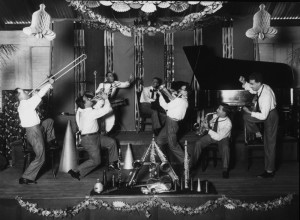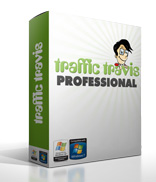On-Page SEO
 Changes in the way the internet works today suggest that the old on-Page optimization methods discussed below may not only be less effective but may actually be toxic to your SEO ranking efforts. Here’s why. I suggest you look into trying the Lexx plug-in from Tigerstep. Use the methods below at you own risk these days.
Changes in the way the internet works today suggest that the old on-Page optimization methods discussed below may not only be less effective but may actually be toxic to your SEO ranking efforts. Here’s why. I suggest you look into trying the Lexx plug-in from Tigerstep. Use the methods below at you own risk these days.
In any event, one site ranking tip that will likely never fade is to ensure you don’t have duplicate content. If Google sees the same content on multiple pages they will dock you. This is why it’s important to use your SEO plugin to “noindex” some of your site’s pages or posts. Noindex your author, tags, and archive pages. These show up exactly the same as your intended page but are counted separately by Google. It is easy to see why this counts as duplicate content.
Although it is not difficult to achieve these results manually, it is strongly suggested that the use of a plugin will ease the process, reduce omissions and maximize compliance in the event of On-Page SEO changes at Google.
The following on-Page SEO tips were gleaned from the WordPress plugin, SEOPressor by Dan Tan however, there are a number of alternatives available such as the one at Blogger High. We recommended the Yoast SEO plugin called ‘WordPress SEO’ partly because this functionality is built in already.
- keyword in title of Page/Post
- keyword in first sentence
- keyword in last sentence
- keyword in an H1 tag
- keyword in an H2 tag
- keyword in an H3 tag
- keyword bolded at least once
- keyword in italicized once
- keyword underlined once
- keyword in name of one image (ie. keyword.jpg) — for additional images use LSI words
- keyword in alt attribute of one image ————– for additional images use LSI words
- keyword as anchor text for link to an authority site (i.e. relevant wikipedia page), keep as DoFollow! But to disguise the link from the visitor. Add style=”text-decoration: none; color: black;” to the <a> tag (match text color).
- keyword as anchor text for link to internal pages ————- (with the <a> tag title attribute containing the target page keyword)
- an image as the click-able element linking to an internal page — (with the <a> tag title attribute containing the target page keyword)
- minimum 700 words in post (2000 is better these days)
- keyword density 2%-3% (0.5% to 1.0% is good enough these days)
- make off-page links nofollow (with rel=”nofollow”) except the authority link to wikipedia
Post Penguin, overly optimized pages have been penalized but these additional on-Page items were commonly optimized :
- keyword in Description, Meta Keywords, and Title Attribute of the All in One SEO plugin
- keyword at least once (sometimes 2X when it makes sense) in the meta description tag (‘All In One SEO’ plugin is already set to do this)
- keyword at least twice in the first paragraph
- keyword in title attribute of affiliate tracker images, form tags, and <H> tags
- Place a “related articles” section at the bottom of every new article with 2-3 links to other articles on your site that are for related content.
It should be noted that many WP Themes dynamically generate titles with H1 tags. Your plugin may not recognize this. There is no harm in adding more H1 tags, however, it is not necessary.
Well my friend, another milestone is reached. You have a new site. Are you ready to promote it?






